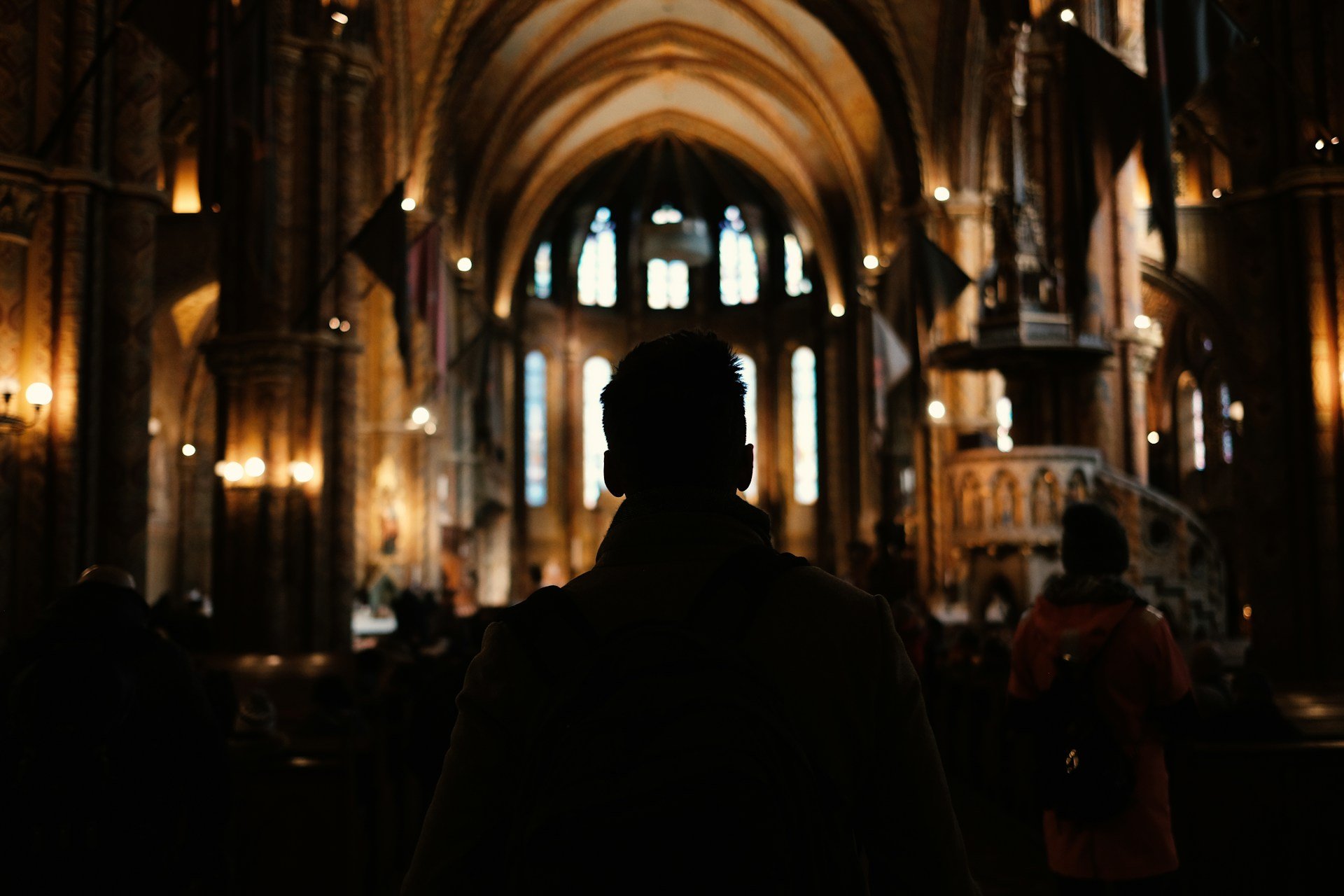The Moral Monsters of a Post-Christian World
Authors: John Stonestreet and Dr. Timothy Padgett

Authors: John Stonestreet and Dr. Timothy D. Padgett
Back in April, The Bible Society of the U.K. issued a report describing a “quiet revival” across England and Wales. “Church decline in England and Wales has not only stopped,” read the subheading, “but the Church is growing, as Gen Z leads an exciting turnaround in church attendance.” Though the report has its fair share of critics, it launched an essential conversation.
Last Sunday, James Marriott continued that conversation with an article in the U.K. publication The Times entitled “Full-fat faith: the young Christian converts filling our churches.” Marriott, who labels himself “a dry and desiccated materialist,” described what he called “a comeback for Christianity.” At least part of this comeback is, Marriott thinks, due to a widespread and growing disenchantment with atheism. Once, he wrote:
[I]t was widely held that the world was soaring ineluctably along an arc of enlightened progress. We were all destined to become richer, more democratic, more just, more rational and more secular. But those optimistic beliefs have been sorely tested in difficult recent years. Anyone tempted to simply dismiss the idea that religion could ever revive may not grasp how dramatically the cultural and economic landscape inhabited by young people has changed.
Instead of the utopia that was promised, the post-9/11 reality included economic disruption, Covid, wokeness, and thought police. As a result, many young people are rebelling to a more traditional form of the Christian faith. According to Marriott:
If you’re young, the establishment is obviously secular. Nowadays, it is precisely Christianity’s marginal status that lends it glamour and charisma, comparable perhaps to the appeal of exotic-seeming eastern religions in the 1960s.
Last week, I spoke about the “quiet revival” in the U.K. with podcaster, author, and apologist Justin Brierley. He was among the first to identify what he called “the surprising rebirth of belief in God.” For example, according to a recent poll of non-Christian, Gen-Z students, 75% said they’d consider attending church if invited. And though church attendance is typically higher on Easter, this past Resurrection Sunday broke records all over Europe. According to one poll, the number of 16– to 24-year-olds in the U.K. attending church at least once a month jumped from 4% in 2018 to 16% in 2024.
There’s still much to learn about this phenomenon, and it remains to be seen how sticky this new-found faith will be for these young people raised in such highly secular environments. It’s fascinating how, merely a decade ago, we were focused on the rise of “the Nones,” who often claimed the church had let them down. Today, we are talking about the rise of the religious who were let down by secularism.
One more factor worth mentioning, as Marriott put it (perhaps channeling John Calvin)— humans are inescapably religious:
I suspect the supernatural side of life—not much catered for in secular rationalist democracies—is a constant of human nature, even if only for a minority. It has more room for expression now. If man is a religious animal, God may never really be banished.
Indeed, secularism as a worldview is simply not big enough for the God-shaped hole in the human heart. As more young people realize this, the Church has an incredible opportunity to help them find the One who can. You can hear my entire conversation with Justin Brierley about the “quiet revival” on a special bonus episode of the Breakpoint podcast.

Authors: John Stonestreet and Dr. Timothy Padgett

Authors: John Stonestreet and Dr. Timothy D. Padgett

Authors: John Stonestreet | Maria Baer